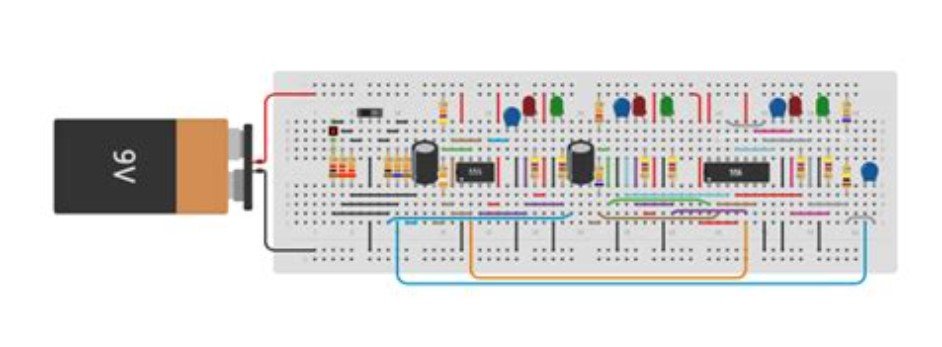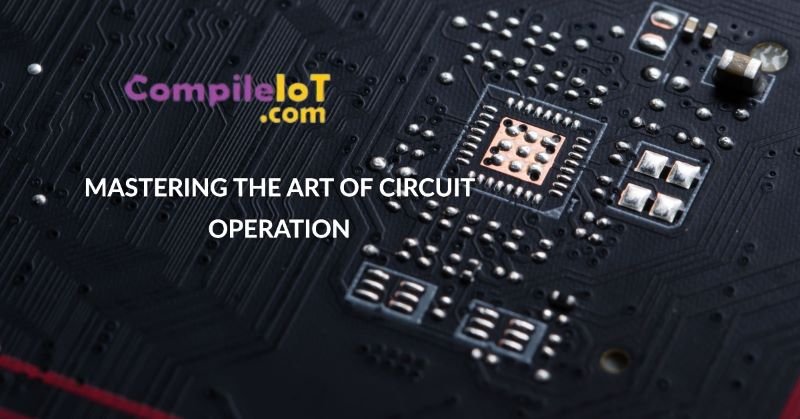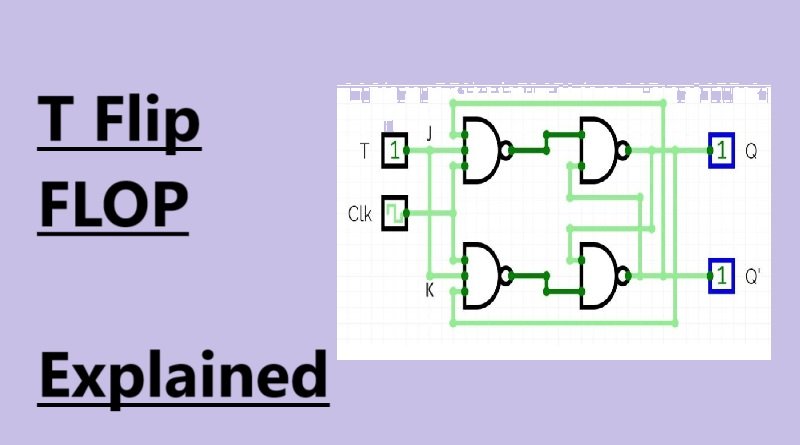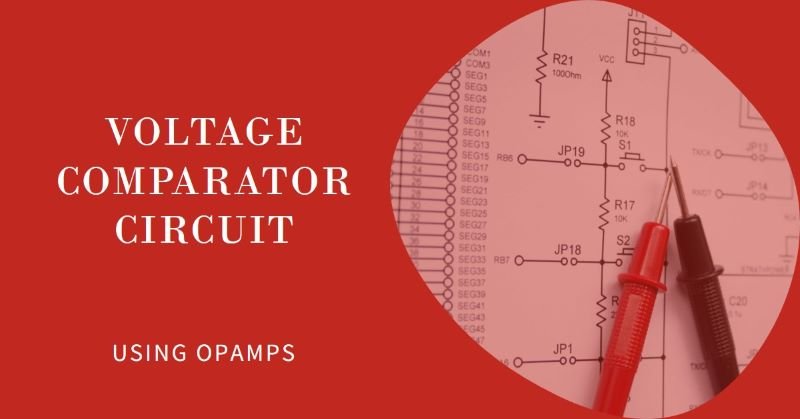556 Circuits: Ultimate Guide for its Operation
Welcome to our blog post on 556 circuits! If you’re new to the world of electronics, you may be wondering what a 556 circuit is and why it’s important. In this post, we’ll give you a brief overview of 556 circuits and highlight some key features that make them so popular among hobbyists and professionals alike.
What is a 556 Circuit?
A 556 circuit is a type of integrated circuit (IC) that contains two 555 timer circuits in a single package. The 555 timer is a versatile and widely used IC that can be configured to perform various timing and oscillation functions. By combining two 555 timers in one package, the 556 circuit provides even more flexibility and functionality.
Key Features of 556 Circuits
Now let’s dive into some of the key features that make 556 circuits so useful:
- Dual Timer: As mentioned earlier, the 556 circuit contains two 555 timers. This allows you to independently control two different timing or oscillation functions with a single IC.
- Wide Range of Applications: 556 circuits can be used in a wide variety of applications, including pulse generation, frequency division, time delay generation, and more. Their versatility makes them a popular choice among electronics enthusiasts.
- Low Power Consumption: Despite their powerful capabilities, 556 circuits consume very little power, making them ideal for battery-powered devices or applications where energy efficiency is important.
- Simple to Use: While 556 circuits may seem complex at first glance, they are actually quite simple to use, especially if you’re already familiar with the 555 timer. With just a few external components, you can easily configure a 556 circuit to suit your specific needs.
556 Circuit Pinout and Schematic
The pinout of the 556 IC is straightforward and easy to understand. It consists of 14 pins, which are labeled as follows:
556 Timer Pinout
| Pin Number | Pin Name | Description |
|---|---|---|
| 1 | GND | Ground |
| 2 | TRIG 1 | Trigger input for Timer 1 |
| 3 | OUT 1 | Output of Timer 1 |
| 4 | RESET 1 | Reset input of Timer 1 |
| 5 | CONT 1 | Control voltage input for Timer 1 |
| 6 | THRES 1 | Threshold input for Timer 1 |
| 7 | DISCH 1 | Discharge pin for Timer 1 |
| 8 | VCC | Positive supply voltage |
| 9 | DISCH 2 | Discharge pin for Timer 2 |
| 10 | THRES 2 | Threshold input for Timer 2 |
| 11 | CONT 2 | Control voltage input for Timer 2 |
| 12 | RESET 2 | Reset input for Timer 2 |
| 13 | OUT 2 | Output of Timer 2 |
| 14 | TRIG 2 | Trigger input for Timer 2 |
556 Timer Internal Schematic
To get a deeper understanding of how the 556 timer functions, let’s take a look at its internal schematic. The 556 timer consists of two 555 timer circuits, labeled as Timer A and Timer B, within a single package. Each timer has its own set of functional blocks, including comparators, flip-flops, and a discharge transistor.

The internal schematic of the 556 timer can be quite complex, but let’s focus on the key components:
- Comparators: Each timer has two comparators, labeled as Comparator 1 (C1) and Comparator 2 (C2). These comparators compare the voltages at different pins, such as the Trigger (TR), Threshold (THR), and Control Voltage (CV) pins, to determine the timing cycle.
- Flip-Flops: Each timer has two flip-flops, labeled as Flip-Flop 1 (FF1) and Flip-Flop 2 (FF2). These flip-flops store and control the state of the output signal, allowing for the generation of various waveforms.
- Discharge Transistors: Each timer has a discharge transistor, labeled as Discharge 1 (DIS1) and Discharge 2 (DIS2). These transistors are responsible for discharging the external timing capacitor during the timing cycle.
By combining these components in a specific arrangement, the 556 timer can provide a wide range of timing functions, including oscillation, pulse generation, and time delay.
Operating Modes of 556 Circuits
The 556 timer IC can operate in three different modes: monostable, astable, and bistable. Each mode has its own unique characteristics and applications.
1. Monostable Mode
In monostable mode, the 556 circuit functions as a one-shot timer. It produces a single pulse of a specified duration when triggered. This mode is commonly used in applications such as time delay circuits, pulse generation, and debounce circuits.
To configure the 556 circuit in monostable mode, one of the timers is connected as a basic 555 monostable circuit. The trigger input is connected to the trigger pin (pin 2) of the IC, while the output pulse duration is determined by the values of an external resistor and capacitor.
By adjusting the values of the resistor and capacitor, you can control the duration of the output pulse. This mode is particularly useful in applications where a precise timing delay is required.
2. Astable Mode
In astable mode, the 556 circuit functions as a free-running oscillator. It continuously generates a square wave without the need for external triggering. This mode is commonly used in applications such as clock generation, frequency division, and tone generation.
To configure the 556 circuit in astable mode, both timers are connected as basic 555 astable circuits. The timing components, consisting of resistors and capacitors, determine the frequency and duty cycle of the output square wave.
By adjusting the values of the timing components, you can control the frequency and duty cycle of the output waveform. This mode is particularly useful in applications where a continuous oscillating signal is required.
3. Bistable Mode
In bistable mode, the 556 circuit functions as a flip-flop or a binary memory element. It can maintain a stable output state until it is triggered to change. This mode is commonly used in applications such as data storage, control circuits, and sequential logic.
To configure the 556 circuit in bistable mode, both timers are connected as basic 555 bistable circuits. The trigger inputs are connected to the trigger pins (pin 2) of the ICs, while the output states are determined by the values of external resistors.
By adjusting the values of the resistors, you can control the output states of the flip-flop. This mode is particularly useful in applications where a stable binary state is required until a trigger signal is received.
Advanced 556 Circuit Configurations
In addition to the basic operating modes, the 556 timer IC can be used in various advanced circuit configurations to achieve more complex functionality. Here are a few examples:
1. Frequency Division
By cascading multiple astable 556 circuits together, you can create a frequency divider circuit. This configuration allows you to divide the frequency of the input signal by a specific factor. It is commonly used in applications such as frequency counters and digital clock dividers.
2. Pulse Width Modulation
By combining an astable 556 circuit with a monostable 556 circuit, you can create a pulse width modulation (PWM) circuit. PWM is a technique used to control the average power delivered to a load by varying the width of the output pulses. It is commonly used in applications such as motor speed control and LED dimming.
3. Sequential Logic
By combining multiple bistable 556 circuits together, you can create sequential logic circuits such as shift registers and counters. These circuits are used to store and manipulate binary data in a sequential manner. They are commonly used in applications such as digital displays, data storage, and control systems.
556 Circuit Design Considerations
When designing circuits using the 556 timer, there are several important considerations to keep in mind:
1. Power Supply
Ensure that the power supply voltage is within the specified range for the 556 timer IC. Exceeding the maximum voltage can damage the IC, while operating at lower voltages may affect the circuit’s performance.
2. Component Selection
Choose appropriate resistors and capacitors based on the desired timing characteristics of your circuit. The values of these components will determine the frequency, duty cycle, and pulse duration of the output waveform.
3. Noise and Interference
Minimize noise and interference in your circuit by using decoupling capacitors and proper grounding techniques. This will help ensure reliable and accurate timing operation.
4. Temperature Considerations
Take into account the temperature range in which your circuit will operate. The performance of the 556 timer IC can be affected by temperature variations, so consider using temperature-compensated components or implementing temperature compensation techniques.
Applications of 556 Circuits
The versatility of 556 circuits makes them suitable for a wide range of applications. Some common uses include:
- Timing circuits for controlling delays or durations
- Oscillators for generating square waves or pulses
- Pulse width modulation (PWM) for controlling the speed of motors or LEDs
- Frequency division for creating clock signals
Conclusion
In conclusion, the 556 circuit is a versatile and widely-used integrated circuit that can be utilized in various applications. By understanding its operating principles, connecting the components correctly and considering important design considerations, you can effectively use the 556 circuit to achieve the desired functionality in your electronic projects.








